No products in the cart.

Oyo was a powerful and prominent Empire of the Yoruba people now in present-day Western Nigeria. One of its military commanders who played a major role in its eventual collapse in 1835, was Afonja – the Aare Ona Kakanfo from Ilorin.
Afonja’s tenure as a military commander greatly cannot be ignored when talking about the history of the Old Oyo Empire and, of course, the rest of Yorubaland up to Ilorin.
Therefore, this article looks at the role Aare Ona Kakanfo Afonja played in the last days of the Oyo Empire. You can watch the full video here.
Contents
The Oyo Empire
The Oyo Empire began around the 1300s in the savannah of West Africa, north of the tropical woods where other Yoruba people dwelt. Being in the savannah was advantageous because Oyo could employ horses, which it couldn’t do further south (due to the tsetse fly).
The empire was able to extend its reach into sections of what is now northern and western Nigeria because of their armoured cavalry. Interestingly, Oyo would also colonise the kingdoms of Allada and Dahomey, present-day Republic of Benin, allowing the empire to have direct access to European commodities. Not only that, but also the collection of tributes from its vassal states.
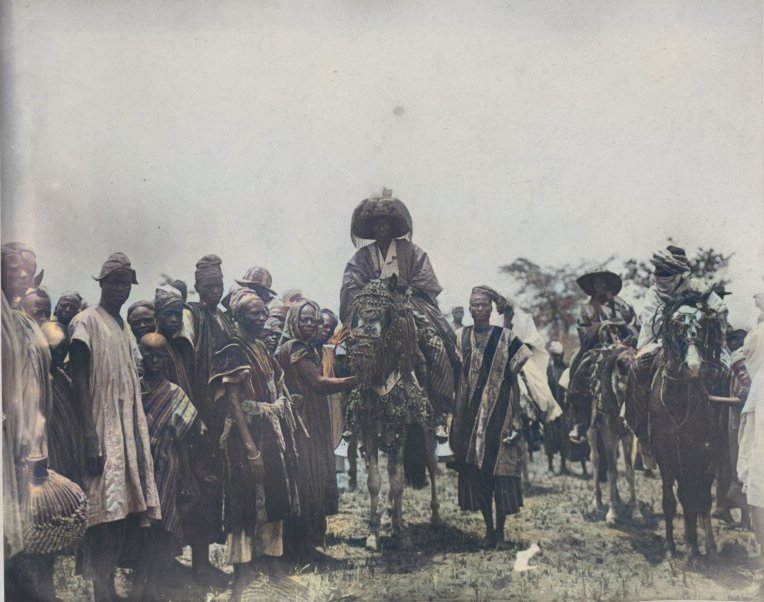
During the eighteenth century, Oyo expanded as it became more involved in the slave trade. Between the Egba and Ijebu to the south and the Hausa, Nupe, and Ibariba to the north, the Empire maintained its traditional role as brokers and dealers. From their work on Oyo royal plantations, enslaved labourers provided sustenance for the Empire. Surplus labour was then sold to the Atlantic coast as it became available.
Later in the eighteenth century, the empire became overly reliant on slave sales to Europeans – and when the trade declined and eventually ended, Oyo suffered. Some of its subjects began to rebel as the state’s money and power dwindled. The Oyo Empire then fell to the superior armies of the Fulani of Ilorin in 1835.
The Rise of the Oyo Empire
Of all the Yoruba kingdoms, the one that eventually acquired the largest territory and became a veritable empire was Oyo. It emerged as a strong kingdom in the middle of the 16th century from the Bariba and Tapa attacks with an army composed of both cavalry and infantry. After a short period spent consolidating, it embarked on its imperial expansion around the beginning of the seventeenth century.
The Alaafin (king) who started this movement was Obalokun. He placed the first Ajele, that is political agents, at Egbado, an indication that Oyo’s conquest had gone far down towards the coast. However, it was not towards the Southwest alone that Oyo was expanding, but it also appeared to be expanding south-eastwards, for an expedition by Obalokun is remembered to have been heavily defeated at the hands of the Ijesha.
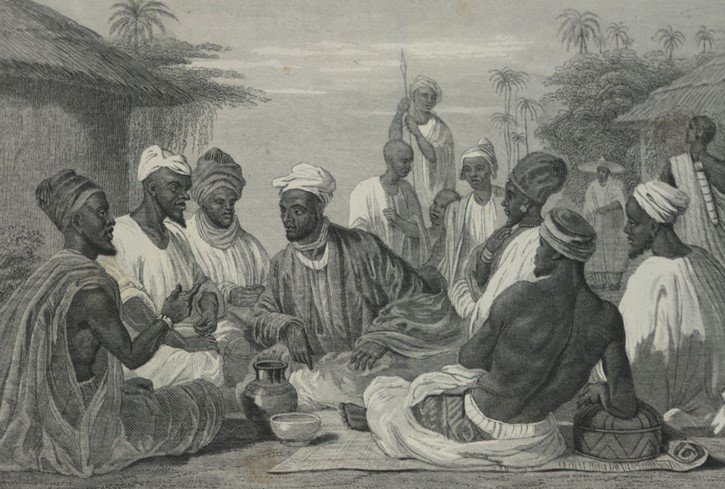
The bringing together of such a vast territory under a single administration was bound to have economic advantages. But the addition of such a vast area created a number of problems. The basic one was how to govern the territories, maintain peace and order, and at the same time prevent a breakaway. The administrative problems appeared to have been solved by the appointment of Ajele.
Where the territory already had a ruler, such as in Dahomey, the Ajele became a kind of colonial governor without whose consent the local ruler could not take any major political or economic decision and through whom the annual tributes were sent to Oyo. Where the territory had no recognisable ruler before the Oyo conquest, the Ajele virtually became a sub-king. As long as Oyo’s military might remained supreme, there were no threats of breakaways.
The Collapse of the Oyo Royalty
The collapse of old Oyo came from within. As a result of deep-seated political disputes, the authority of the Alaafin within the capital city had eroded to the point that he could no longer rule or command the allegiance and instinctive support of his chiefs. With the Alaafin and his chiefs so divided among themselves, the authority of Oyo as capital city no longer carried weight in the rest of Oyo or the outlying parts of the empire. All this happened before external factors became involved.
Challenges to the authority of the Alaafin in the second half of the 18th century by leading civil and military chiefs were signs of this internal instability. At first, the decline of the Oyo empire had started as early as 1750 with the dynastic intrigues and palace coups sponsored by Bashorun Gaa who was the leader of the Oyo Mesi council.
The Oyo Mesi were the seven principal councilors of the state. It acted as a check and balance on the Alaafin’s power, preventing the king from being an autocrat; the Council forced many Alaafin to commit suicide during the 17th and 18th centuries.
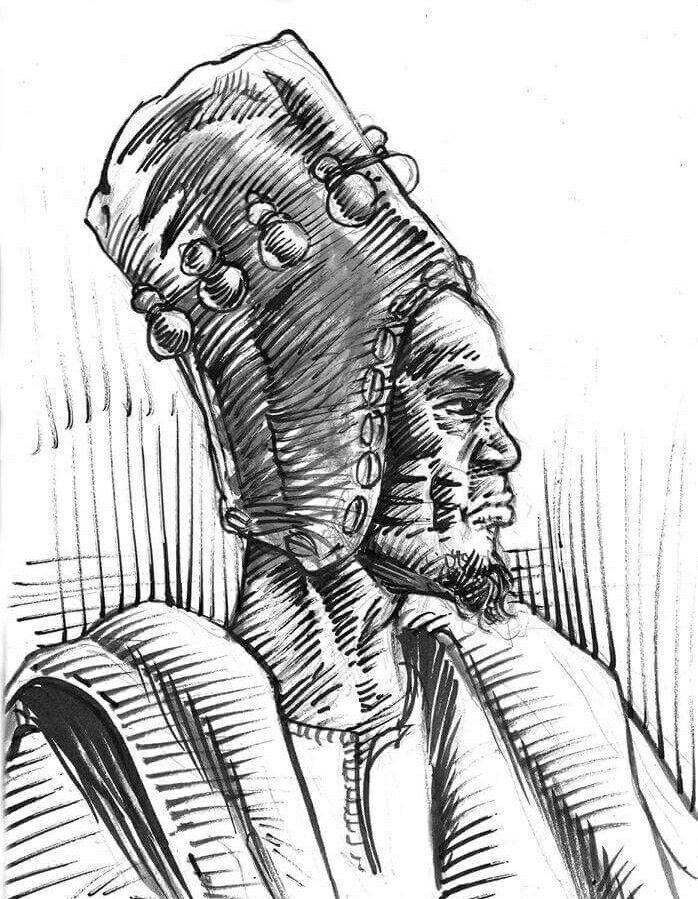
In his ambition for absolute control, Gaa enlisted the help of the Oyo Mesi and, to a lesser extent, the Ogboni to force four successive Alaafin to commit ritual suicide after receiving the symbolic parrot’s eggs. The Bashorun caused two Alaafin to commit suicide in 1750 alone. Because of this, Alaafin Labisi reigned for only 17 days while Alaafin Awonbioju reigned for about 130 days before their reigns ended prematurely due to Gaa’s tyranny. It would be the same story for Alaafin Agboluaje and Majeogbe.
Gaa’s treachery was not ended until 1774 during the reign of Alaafin Abiodun, the fifth Alaafin he served. The Bashorun was subsequently executed by Abiodun but the instability that had been brought about by these intrigues had further weakened Oyo.
Alaafin Abiodun during his reign had also conducted failed campaigns against Borgu in 1783 and Nupe in 1789, losing the equivalent of 11 and 13 generals and their men respectively. Abiodun was then reportedly poisoned and killed by his own cousin, Aole, who then became the new Alaafin in 1789.
The Rise of Afonja
Around the late 18th century, a formidable Oyo warrior named Afonja rose to prominence. His father’s name was Alugbin who in turn was the son of Pasin. Afonja’s great-grandfather was Laderin. It was he who founded Ilorin. Laderin, Pasin, Alugbin, and Afonja were the only Yoruba kings to ever rule Ilorin. From 1754 until 1770, Alaafin Majeogbe ruled the Oyo Empire and was succeeded by Alaafin Abiodun in the same year. Abiodun ruled for nearly 19 years until he was assassinated by his own cousin, Aole, in 1789.

From 1789 until 1796, Aole ruled as Alaafin. During these years, Afonja was the Aare-Ona-Kakanfo and lived in Ilorin, a little village on the banks of the River Awun, a tributary of the Niger River. Afonja was the sixth Aare-Ona Kakanfo after Oku of Jabata. After his death, he was succeeded by Toyeje of Ogbomoso. After a conflict between him and Alaafin Aole devolved into rebellion, his term as Aare-Ona-Kakanfo signalled the surrender of the Ilorin territory to the Sokoto Caliphate. This development has had a significant impact on the history of the Yoruba people north of Oyo to this day.
The revolt of Afonja was one of the events that led to the secession of Ilorin in 1793. Ilorin was a military camp headed by Afonja, the Aare-Ona Kakanfo. When Awole ordered him to invade Alaafin Abiodun’s maternal house, Iwere-Ile, Afonja disobeyed and refused to cooperate because he was bound by an oath and didn’t want to be subjected to a previous Alaafin’s curse that any Aare-Ona-Kakanfo who assaulted Iwere-Ile (Abiodun’s paternal home) would die miserably. Another reason was offered in 1795 when Awole commanded Afonja to assault Apomu, a market town in Ile-Ife.
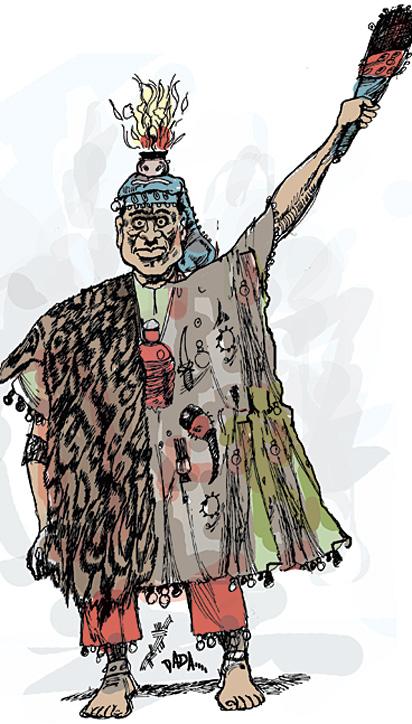
All Alaafins, due to the Yoruba belief that Ile-Ife was the spiritual home of the Yorubas, were previously made to swear an oath never to attack Ife. However, Afonja carried out Awole’s order and sacked Apomu. But on the return of the army from the campaign, the Aare-Ona-Kakanfo marched on the capital, Oyo-Ile (which was itself a taboo), and sent an empty covered-calabash to Aole. What this meant was that the Alaafin had been rejected and had to commit suicide. Eventually, Aole committed ritual suicide in 1796. He had ruled the Oyo Empire for seven years.
The Revolt of Afonja
Afonja set about building up Ilorin, where he was based, as an independent town. In his rebellion, he received the support of other leading chiefs at Oyo who had their own grievances against the Alaafin. He also received the support of a few provincial rulers. As the initial efforts to suppress this rebellion failed, other chiefs followed his example.
Afonja also had the support of a few Muslims, led by Alimi, a Fulani Muslim cleric, who incited a revolt of the Hausa slaves on whom the care of horses and the strength of the cavalry force depended. With the aid of the few chiefs, Yoruba Muslims, the Fulani, and Hausa slaves, Afonja sustained his rebellion and proceeded to bring other parts of the kingdom under his control.
Afonja’s Death and the Implosion of Oyo
Within a short while, however, Afonja fell out with his Fulani allies. He refused to become a Muslim. He complained about the excesses of the freed slaves and he tried to discipline them, only to discover that he was no longer in command. This followed the contest for the control of Ilorin.
Afonja was eventually defeated and killed around the year 1824. The Yoruba Muslims led by Solagberu also failed in their bid to control the town. The Fulani emerged as the controllers of the town and Ilorin became an outpost of the Sokoto Caliphate, a base for attempting the forcible incorporation of large parts of Yoruba land into the Muslim empire and, when that failed, a powerful Centre for the Islamization of the Yoruba people.
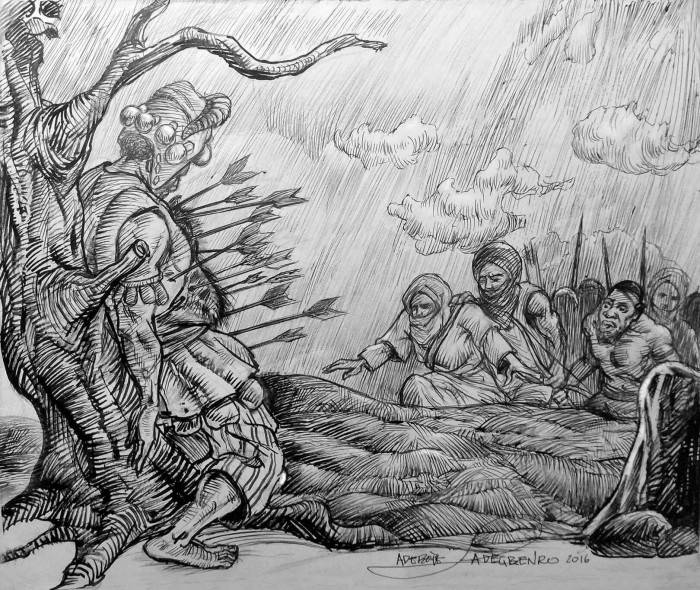
Meanwhile, the Egba had taken advantage of the troubles to establish their independence, eventually moving to Abeokuta in 1830. Later, Dahomey also revolted and overthrew Oyo’s imperial control. The empire was breaking up. The Fulani pressure on Oyo was such that the capital had to be evacuated and thousands of people fled from the centre of the Oyo empire to the southern parts of Oyo, the Osun and Ibarapa areas, as well as the territories of Ijesa, Ekiti, Ile-Ife, and Abeokuta.
Dislocations caused by the pressure of this mass of people and the ambitions of uprooted people led by their more warlike chiefs to find new homes and new opportunities provoked a series of wars in the central and southern areas of Yorubaland with far-reaching consequences.
The Yoruba Wars
One of the most important of these wars was the Owu war, between the Ife and Owu kingdoms. The quarrel between the two focused on the control of the market town of Apomu. A dispute in the market had led to a skirmish in which Owu took control of the market town. Ife in seeking to recover control of Apomu, had the alliance of the Ijebu to the south. Masses of Oyo warriors, fleeing from the north and seeking adventure, joined the Ife and Ijebu allies. Together, they laid siege to Owu, starved it out, and completely destroyed it.
From Owu, the victorious allies turned on the Egba towns and villages and systematically destroyed them too on the grounds that they had given succor to the beleaguered town. Some Oyo warriors settled at Ijaye, another former Egba town. Among the Oyo refugees who were fleeing south and seeking new homes, loyalties to traditional rulers and the lineage tended to weaken, although efforts were made to strengthen them. These efforts were very noticeable in cases where the refugees settled in existing towns and acknowledged the authority of the rulers of such towns.
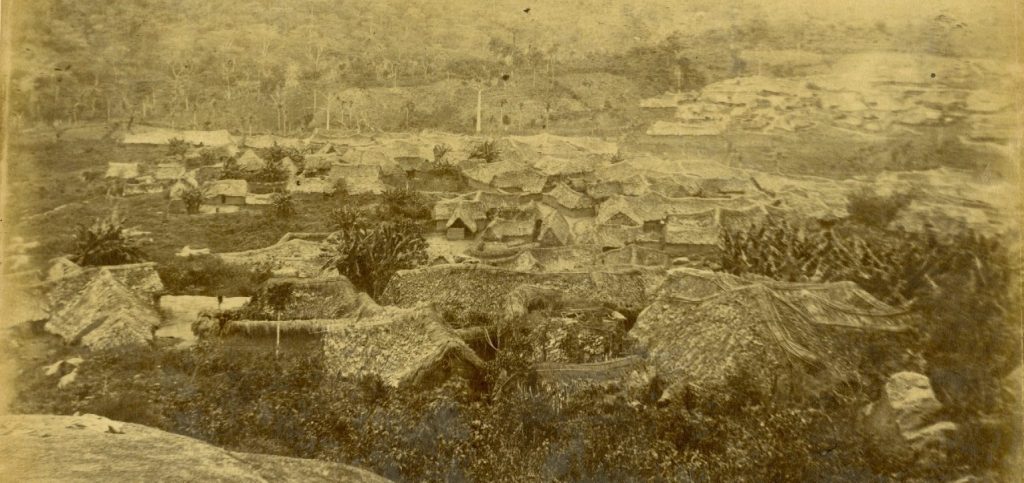
On arrival at the towns, the refugees attached themselves to distinguished relations or townsmen who had preceded them there. In the absence of such personalities and if the refugees came in large numbers they were allowed to settle in groups on the bases of their former lineages and towns.
Settlements of this type were often called by the name of their old towns. Later with the permission of their host towns, the refugees in many cases appointed rulers from among the members of the old royal lineage present among them. Such rulers became their representatives in political matters within the township.
After the death of Afonja, many attempts were made to recover Ilorin but they all failed. The implosion of Oyo had started with the weakening of the Oyo Mesi after the death of Bashorun Gaa. You can check out his full story here.
If you liked this article, then please subscribe to our YouTube Channel for interesting historical videos and follow us on all our social media handles. Don’t hesitate to as well share this article with your friends.
2 Comments
View CommentsLeave a Reply
You must be logged in to post a comment.


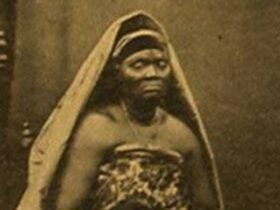
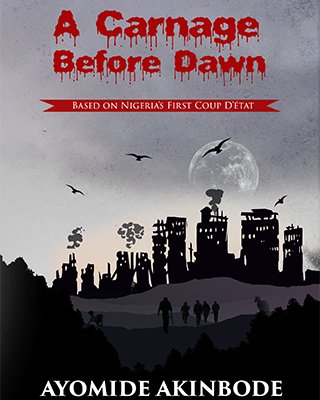



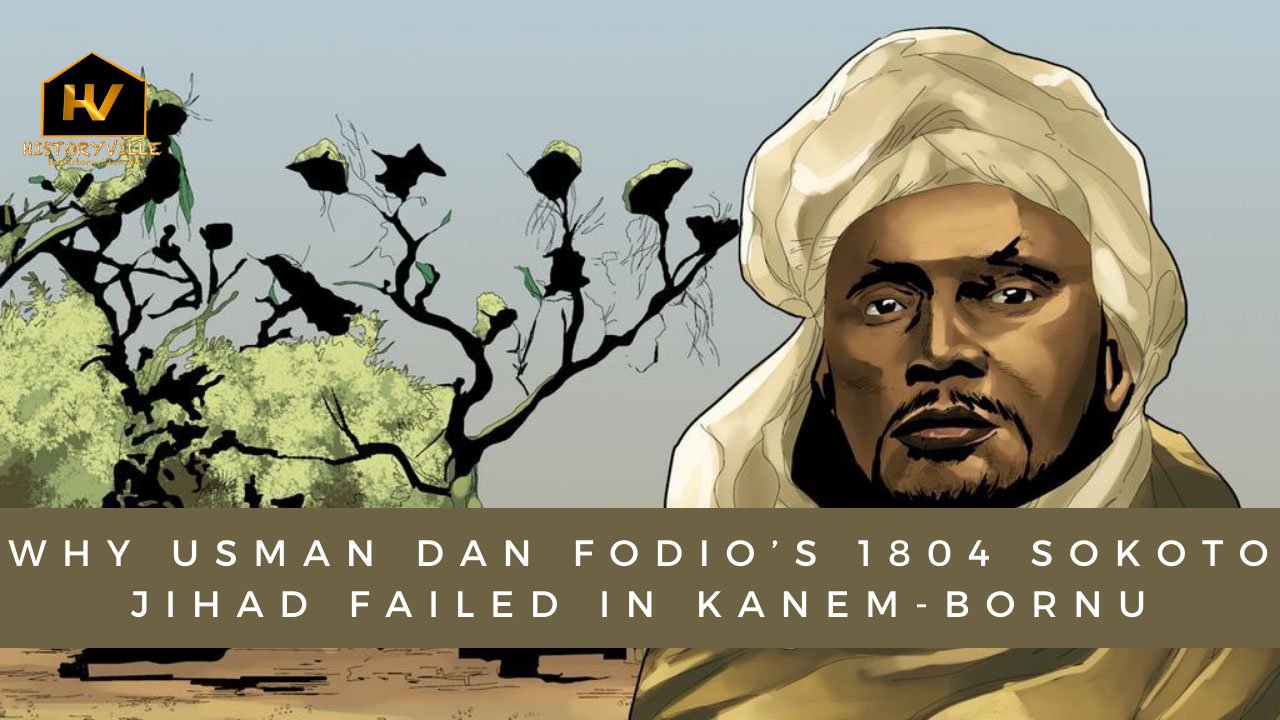
Comment: Wow. So Historic
My fourfather is a great one in the world 💪💪💪💪💪💪💪 just like 7777777 on great god